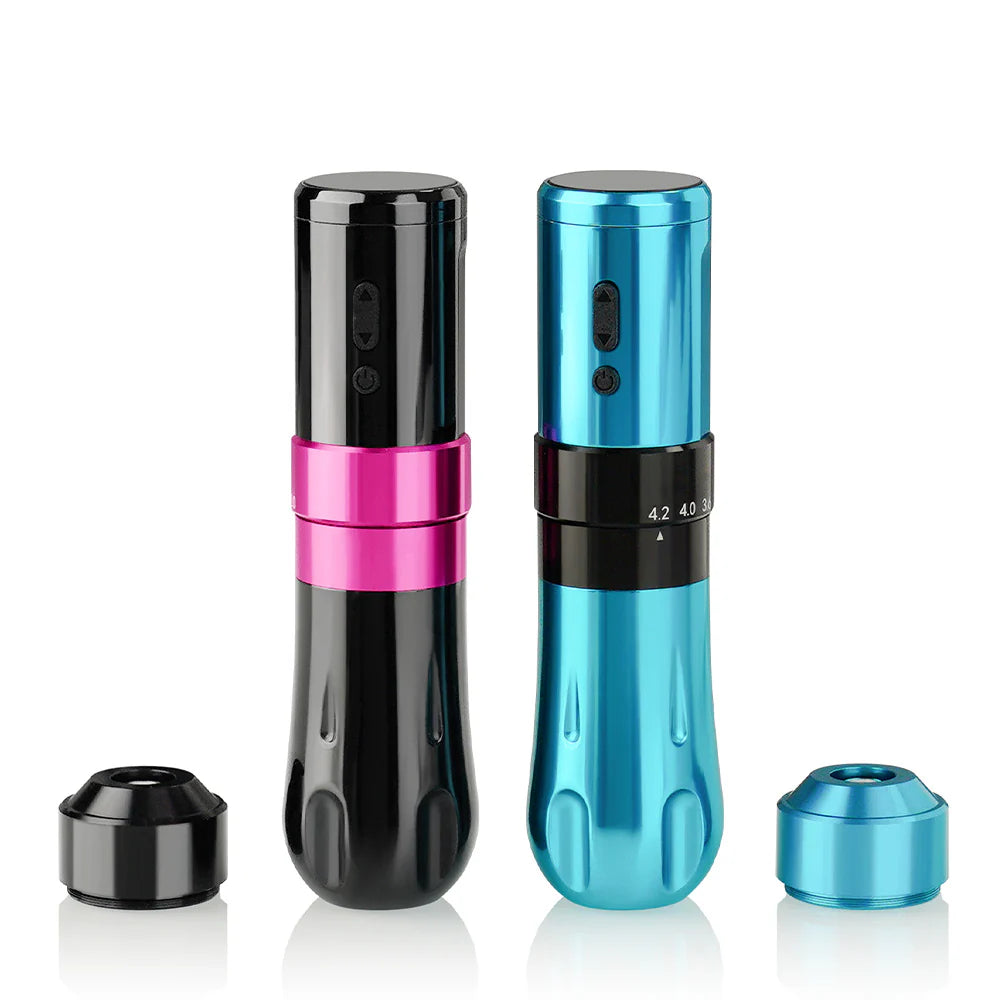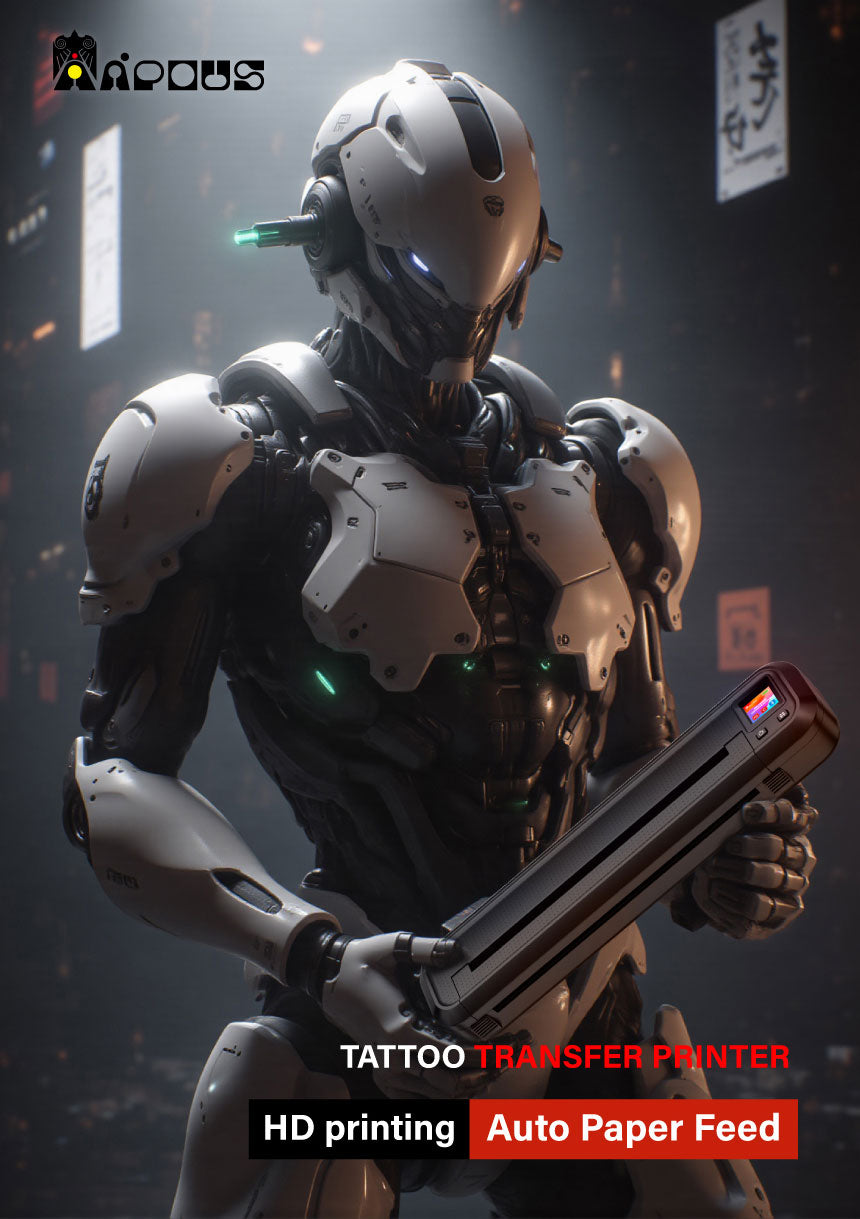Areola tattooing is not only a cutting-edge technique in the field of medical tattooing but also a crucial turning point for countless people who have experienced physical traumas to regain their confidence. This innovative technology that combines medical needs with artistic aesthetics is bringing hope to millions of breast cancer survivors, gender confirmation surgery patients, and people with congenital areola defects.
Who Needs Areola Tattooing?
✅ Breast cancer survivors undergoing post-operative reconstruction (unilateral/bilateral mastectomy)
✅ Patients with BRCA gene mutations who have undergone preventive mastectomies
✅ Those who need scar repair after breast augmentation or reduction surgery
✅ People with congenital areola asymmetry or abnormal color
✅ Patients who have undergone gender confirmation surgery and those who need reconstruction after gynecomastia surgery
Post-Mastectomy Procedure
Cancer survivors usually undergo breast reconstruction surgery with implants first. It is safer to wait for a healing period of 6 months to 1 year after the surgery before getting an areola tattoo. Compared with full nipple reconstruction surgery, areola tattooing is less invasive, more cost-effective, and safer. It can also show details such as wrinkles and texture, making it look more realistic. The number of tattoo sessions may vary depending on an individual's skin condition and pain tolerance, and it may be completed in one session or require multiple sessions.
Specific Operation Method
Getting an areola tattoo from a permanent makeup artist is different from getting one at an ordinary tattoo parlor. In permanent makeup (PMU), the needles used are finer, and the pigments are specially formulated. Tattoo artists who have received training can create ultra-realistic effects and are more patient and empathetic. Some surgical patients may feel little pain during the tattooing process because the sensation in the surgical area has decreased, while others may need to apply numbing cream. Those with implants may feel the vibration of the PMU machine. If only one side needs to be tattooed, the tattoo artist needs to make the new areola match the other side in terms of size, shape, color, and position. If both sides are to be tattooed, it can be designed according to pre-operative photos or the patient's requirements. The pre-operative design is very important to ensure that the patient is satisfied with the position, and it is also challenging to mix pigments that match the skin color.
Differences from Traditional Tattoos
Medical tattooing, similar to traditional cosmetic tattooing in operation methods and tools, serves people with medical conditions, aiming to achieve a high level of realism, thus demanding greater skills from tattoo artists in details, blending, and shading. Since the areola is often rubbed by clothing, it's prone to fading, especially when using inorganic pigments. Patients need to decide whether to choose pigments that fade quickly but look more natural and require more frequent touch-ups, or long-lasting pigments.
Healing Process
Similar to other tattoos, the skin around the areola tattoo area may become red, swollen, tight, or itchy. Regular tattoo aftercare methods can be applied. After a few days, the tattoo will scab and peel, which is normal. Patients should be reminded not to pick at the scabs. They can use aftercare products to relieve discomfort. During the recovery process, the color of the tattoo will become softer, and the final effect can be seen about one month later.
Alternative Options
For those who don't want a tattoo, there are other choices. For example, nipple reconstruction surgery, or using prosthetics and temporary tattoos to simulate the effect of nipples and areolas. Areola tattoos can be done at any time. With technological advancements, tattoos are more realistic than ever. People dissatisfied with previous tattoo results can have them repaired or covered. Those who don't pursue a natural look can ask tattoo artists to create artistic patterns on the chest to cover scars.
Significance
For people whose lives have been affected by cancer, scars, or gender transition, areola tattooing marks the end of a difficult journey. Regaining the areola can restore their body confidence. It is an important choice they make independently after recovery, symbolizing a new beginning. That's why many permanent makeup artists offer their services in free clinics or join charities to provide free 3D areola and nipple tattoos to those in need.
Voices of Patients
💖 "This is not just a tattoo; it's a mark of my rebirth." - Sophia, a breast cancer survivor
💖 "The first time I saw a complete me in the mirror, I couldn't stop crying." - Alex, a gender confirmation surgery patient





0 comentarios